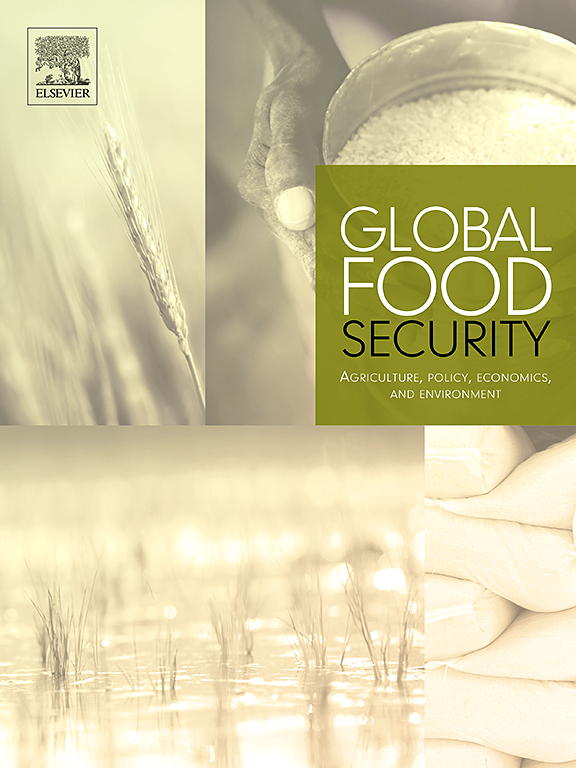How sustainable is sustainable intensification? Assessing yield gaps at field and farm level across the globe
Abstract
Sustainable intensification has been proposed as a pathway to achieve food security and reduce environmental impacts of agriculture by focusing on narrowing yield gaps on existing agricultural land while improving resource use efficiencies. There is a general consensus that regions with large yield gaps can benefit most from sustainable intensification but it remains unclear how sustainable this is for farmers given their current resource constraints and livelihood strategies. Here, we draw upon three contrasting case studies, for which detailed data at field and farm levels were available for yield gap decomposition, to assess how sustainable intensification of crops (at field level) works out at farm level using environmental and socio-economic indicators. Although there is large potential for future intensification (more output with more input) of cereal production in southern Ethiopia, current input use in these farming systems is not economically and environmentally sustainable at farm level. The same is true for rice production in Central Luzon where sustainable intensification (more output with less input) can help to narrow yield gaps and improve N use efficiency (NUE) but it is not profitable due to the heavy reliance on costly hired labour. Trade-offs between yield gap closure and labour productivity were also observed in the aforementioned farming systems. Arable farms in the Netherlands exhibit small yield gaps as well as higher economic performance, NUE and N surplus compared to those observed in Southern Ethiopia and Central Luzon. For improving environmental sustainability, these farms require increases in resource-use efficiency and a reduction of the environmental impacts through a lower use of inputs (same output with less input). We conclude that public investments conducive for innovation and profitable farming are essential to make technologies accessible and affordable for farmers and to ensure that yield gaps can be narrowed and sustainability objectives served at the farm level.

 求助内容:
求助内容: 应助结果提醒方式:
应助结果提醒方式:


